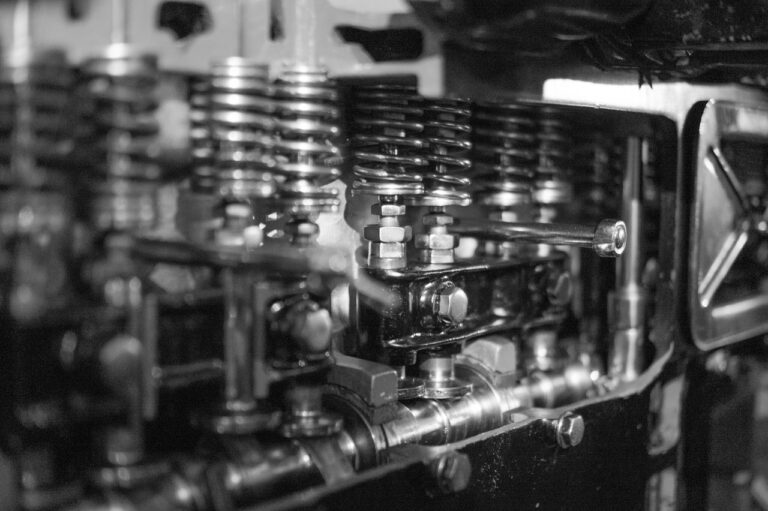The Influence of Motorsport on Automotive Innovation and Performance Technology
Motorsport series have long been recognized as fertile ground for the development and testing of cutting-edge automotive technology. From Formula 1 to endurance racing, these high-stakes competitions provide a platform for manufacturers to push the boundaries of innovation. Teams constantly strive to gain a competitive edge by implementing new technologies and engineering advancements, which subsequently trickle down to production vehicles, benefiting consumers in the form of improved performance and safety features.
The demands of racing at top speeds on challenging tracks push engineers to develop more efficient engines, improve aerodynamics, and enhance overall performance capabilities. The relentless pursuit of speed and reliability in motorsport often leads to breakthroughs in materials science, design, and technology that eventually find their way into street-legal automobiles. This symbiotic relationship between motorsport and automotive industry fosters a culture of innovation and drives continuous improvement in vehicle design and engineering, resulting in tangible benefits for both competition and consumer vehicles.
Evolution of Aerodynamics in Motorsport and its Impact on Road Cars
The evolution of aerodynamics in motorsport has played a significant role in shaping the design and performance of road cars today. With advancements in wind tunnel testing, computational fluid dynamics, and materials technology, motorsport engineers have been able to develop highly efficient aerodynamic components that enhance both speed and stability on the track.
These innovations in motorsport aerodynamics have trickled down to road car design, leading to improved fuel efficiency, reduced drag, and increased safety features. The sleek lines and contours seen in modern road cars are a direct result of the aerodynamic principles honed and perfected in the competitive world of motorsport. The constant quest for better performance on the track has pushed automotive engineers to continually refine aerodynamic designs, ultimately benefitting everyday drivers with more aerodynamically efficient and visually appealing vehicles.
Why is aerodynamics important in motorsport?
Aerodynamics plays a crucial role in motorsport as it helps improve the performance and efficiency of race cars by reducing drag, increasing downforce, and enhancing overall stability at high speeds.
How has aerodynamics evolved in motorsport over the years?
Aerodynamics in motorsport has evolved significantly over the years, with advancements in wind tunnel testing, computational fluid dynamics (CFD), and the use of advanced materials to create more efficient and aerodynamic race cars.
How does aerodynamics in motorsport affect road cars?
The aerodynamic principles and technologies developed in motorsport often trickle down to road cars, leading to improved fuel efficiency, better handling, and enhanced overall performance for everyday drivers.
Which major motorsport series serve as a testing ground for aerodynamic advancements?
Major motorsport series such as Formula 1, NASCAR, and endurance racing like Le Mans serve as testing grounds for aerodynamic advancements, pushing the boundaries of technology and innovation in the automotive industry.
What are some examples of aerodynamic features found in road cars influenced by motorsport?
Examples of aerodynamic features in road cars influenced by motorsport include front splitters, rear spoilers, diffusers, and streamlined body designs that help improve aerodynamic efficiency and performance on the road.





